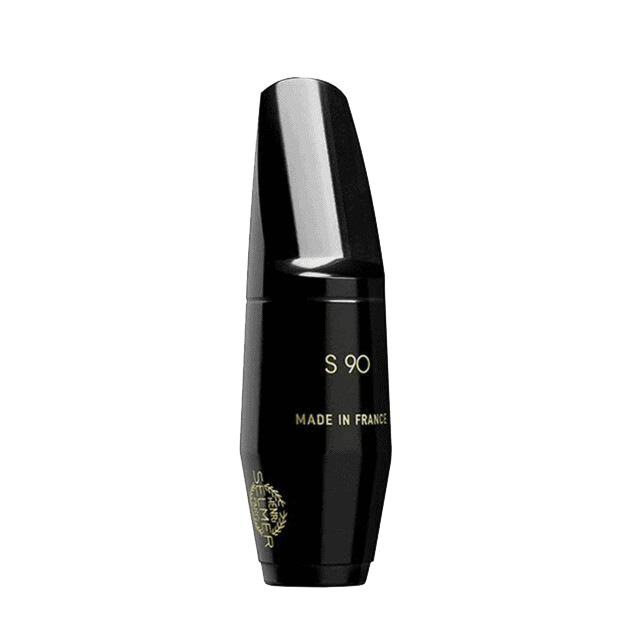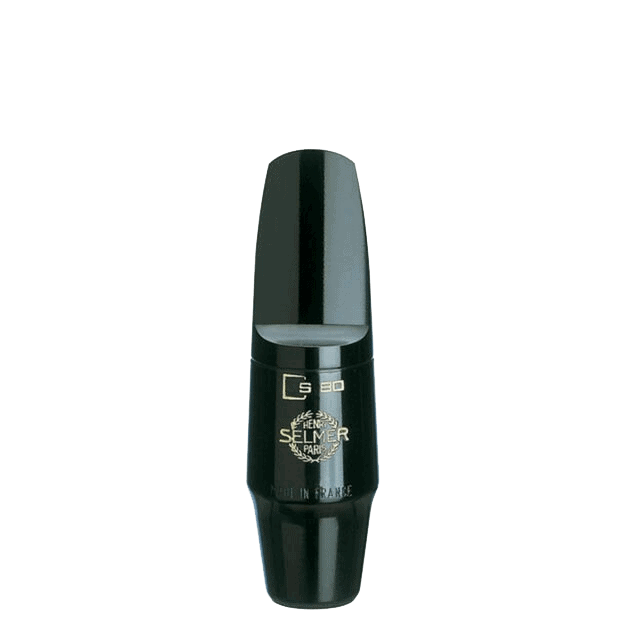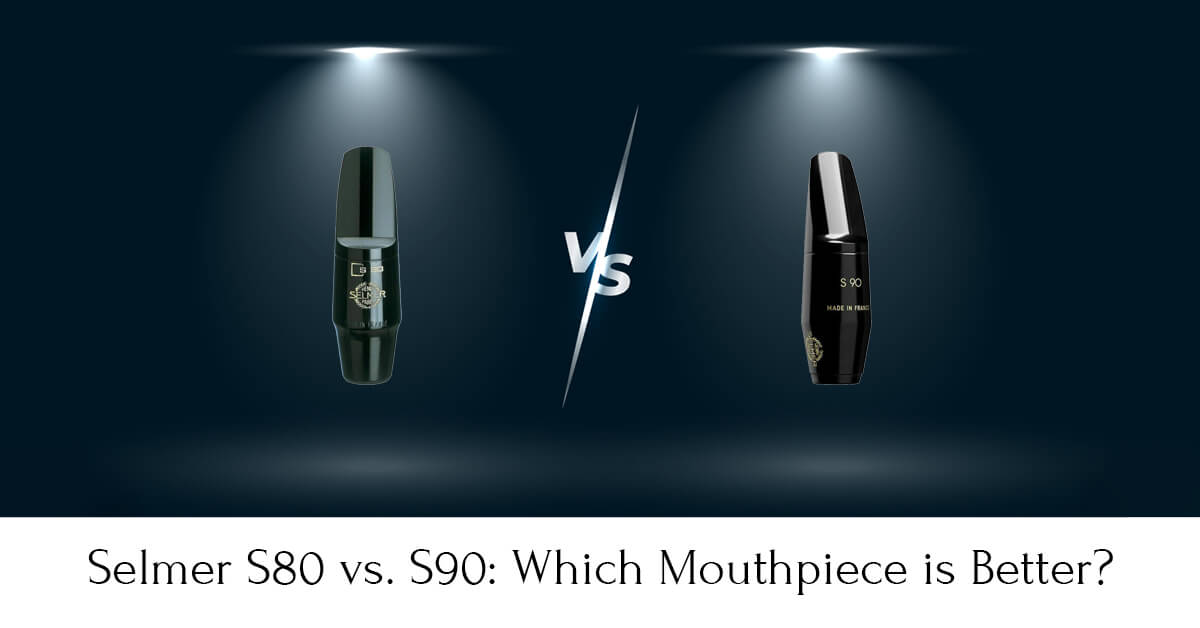Mouthpieces are a small part of saxophones but can make a big difference in how your music sounds. The good news is that they’re interchangeable, and that you can easily change the stock mouthpiece that comes with a new sax.
The S80 and S90 are both made by the famous and well-established brand, Selmer Paris. But which one of the two should you opt for? Let’s delve into the details of each to reach a final verdict on your next mouthpiece.
Table of Contents
Selmer S80 vs. S90: Short Answer
While both mouthpieces are very similar in terms of the shape and the design as well as the construction since they come from the same company. The S90 comes with a chamber that is a little bit larger, which means that it produces a darker sound that suits jazz players. On the other hand, if you’re going to be playing in an ensemble, then you should opt for the S80 as it produces a brighter sound and blends in better with other instruments.
| Image | Product | Details | Price |
|---|---|---|---|
 |
Selmer S90 | Best Overall | Check Price |
 |
Selmer S80 | Best for Beginners | Check Price |
The Full Comparison
So, what distinguishes one of these high-quality Selmer Paris mouthpieces from the other? Let’s get a closer inspection into the similarities and differences.
Size
The S80 measures 4.8 x 2.2 x 2.2 inches, while the S90 measures 5 x 3 x 3 inches, and this is one of the first differences. The bigger size of the S90 means that there’s more room for the air to flow, and that’s why it sounds darker and deeper.
In terms of weight, the S90 is twice as light as the S80, weighing 0.6 ounces and 1.8 ounces, respectively. Though both are made from hard rubber, which means that they have the same density and consequently -with all other factors held constant- similar sound production.
Facing Designation
The S80 is quite basic. It comes in only one form where its facing length is 22mm, its tip opening is 1.70mm, and its chamber is square-shaped. This means that it’s a one-track mouthpiece. It produces a bright sound that suits group performances as it blends right in.
And while there aren’t many options to tailor the experience, the S80 is still a pretty great mouthpiece overall, and I think it’s an ideal choice for a step-up mouthpiece.
On the other hand, the S90 allows the saxophonist to craft their sound as it comes with four facing designations, each with a slight difference in the tip opening size.
You’ll find facing designations equal to 170, 180, 190, and 200 with tip openings of a size of 1.40mm, 1.50mm, 1.70mm, and 1.80mm, respectively. All of them have the same 22mm facing length.
What this means for the player is that they get to have incredible control over the depth and warmth of the sound of the instrument, both of which increase with bigger openings.
Not to mention, a bigger tip would mean that the player doesn’t need to exert as much effort to produce sound from the horn. Consequently, beginners and novices should stick with smaller tip openings, while more experienced players should benefit from the control they get to have over the notes when playing with bigger openings, like note-bending.
Related Comparisons:
– Extensive Yamaha 4C vs 5C Comparison
– Our Full Vandoren AL3 vs. AL4 Comparison
– Vandoren T20 vs. T25 Main Differences
Sound
The difference in sound that each read produces is not very distinct, but you can hear slightly increased darkness with the Selmer S90 as its chamber is a little bit bigger than that of the S80.
And while the S90 with the 190 face designation has the same tip opening size as the S80, it sounds a little darker and feels a little bit more solid, which means that, of course, the S80 would be a little easier to control for a beginner.
Though the S80 sounds great and can serve you well when playing with bands or groups, it does sound a little closed and doesn’t allow much space for filling the sax with air and getting that full sound.
Still, both mouthpieces give you a clear and consistent tone throughout the range of the sax. I’d recommend the S90 with 170 or 180 facing if you do opt for that model.
Price
This isn’t really a fork in the road as the price difference is ever so slight, with the S80 coming at about ten bucks less than the S90.
Conclusion
When all is said and done, the best way to pick between the S90 and S80 is to determine whether you will be playing solo or in an ensemble, like in a band. Also, if you’re planning on playing jazz and aiming to get darker tones out of your saxophone, then you’ll probably want to opt for the S90.
Finally, if you’re a novice, the S80 would be a better suit for you because it’s softer than the corresponding S90 counterpart, and so it’s easier to get a grip on.

